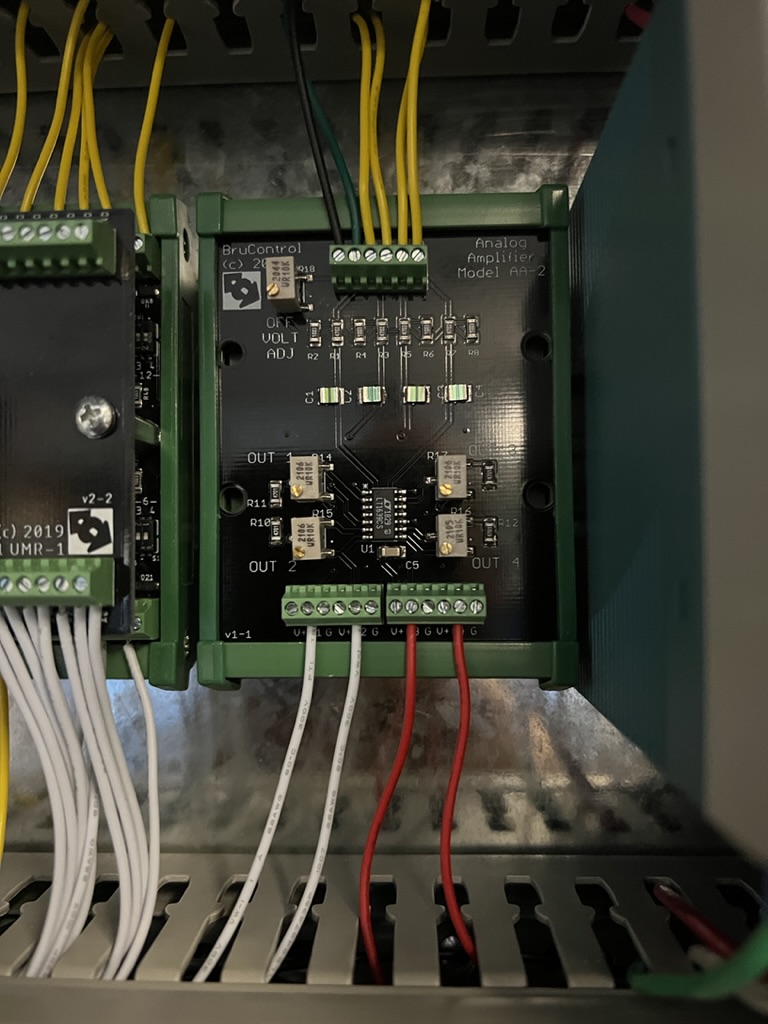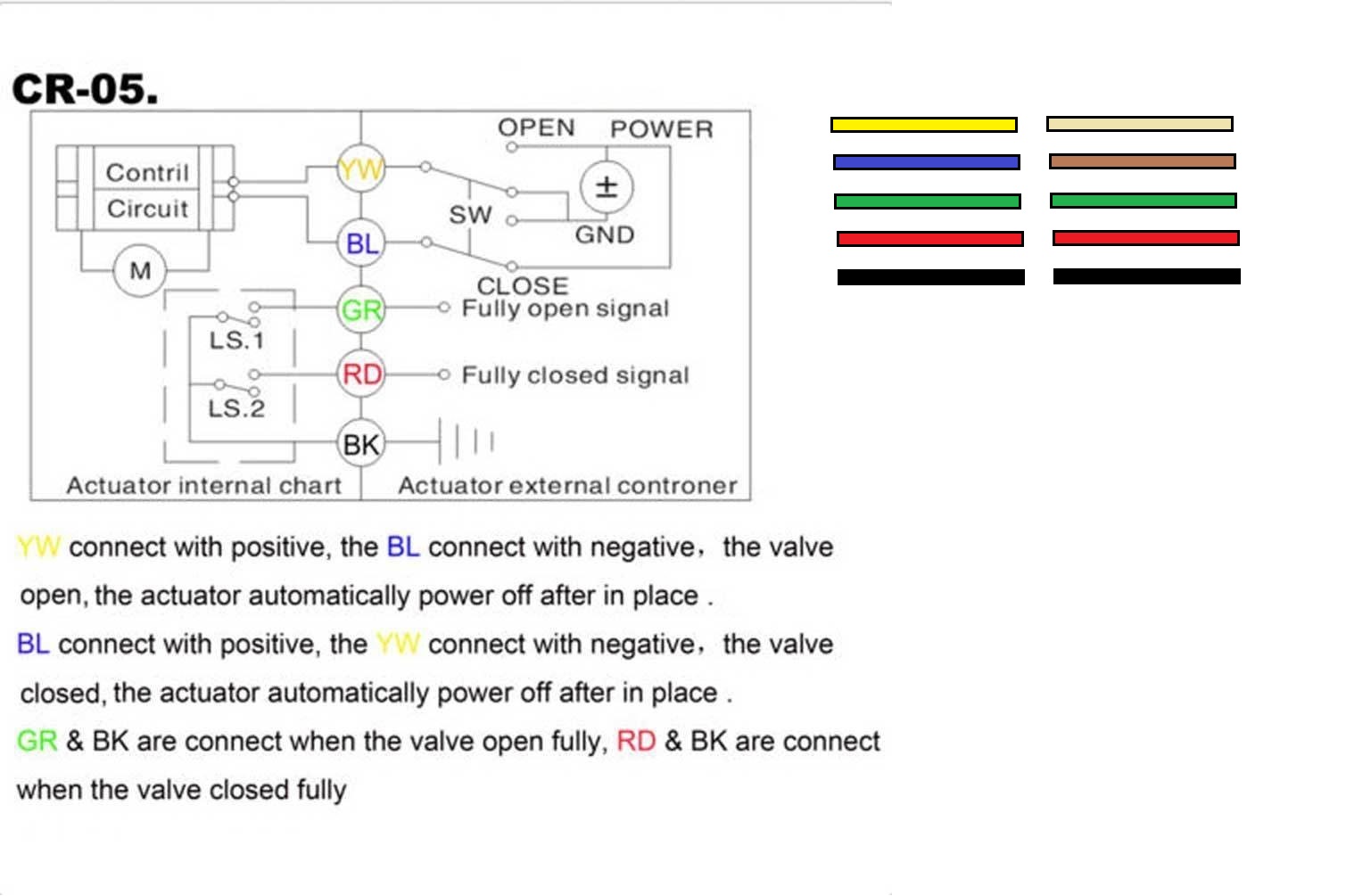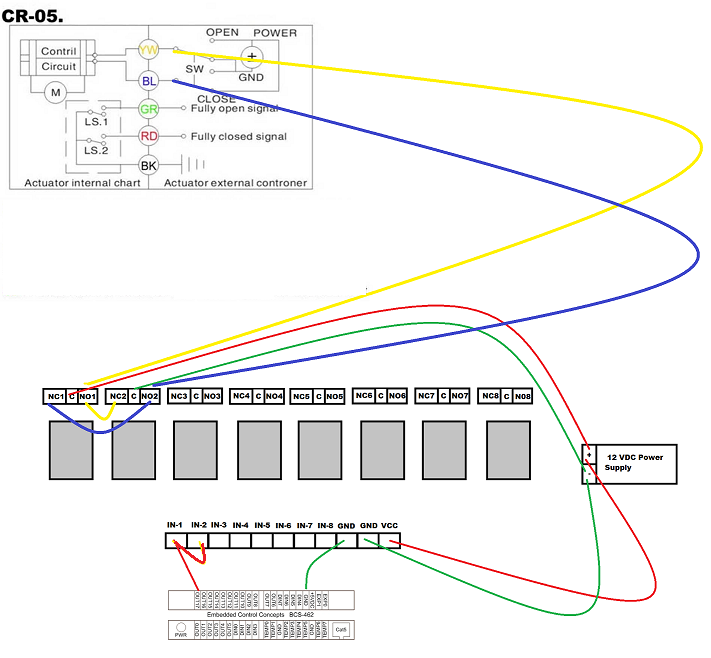Having some trouble understanding the relationship between the PWM port, its values and the output of the Analog Amplifier 2. Am I correct in believing that the rage of values for a PWM port 0-255?
When I follow the instructions to configure the AA, connecting I1-4 (from P pins on PWM outputs on the UniShield) plus Vcc (5V) and Gnd but no outputs I can get 4.92V output on the AA for all ports while V+ reads 5V when the value of the PWM is set to 255. If I set the PWM output to 0 I get ~0.1V. If I set the PWM output to 127, I get 4.92V but I guess I'm expecting ~2.5V. When I set the PWM value to 50 I get about 3.1V. It seems any PWM value about 100 generates the maximum voltage.
What am I missing?
When I follow the instructions to configure the AA, connecting I1-4 (from P pins on PWM outputs on the UniShield) plus Vcc (5V) and Gnd but no outputs I can get 4.92V output on the AA for all ports while V+ reads 5V when the value of the PWM is set to 255. If I set the PWM output to 0 I get ~0.1V. If I set the PWM output to 127, I get 4.92V but I guess I'm expecting ~2.5V. When I set the PWM value to 50 I get about 3.1V. It seems any PWM value about 100 generates the maximum voltage.
What am I missing?




































![Craft A Brew - Safale S-04 Dry Yeast - Fermentis - English Ale Dry Yeast - For English and American Ales and Hard Apple Ciders - Ingredients for Home Brewing - Beer Making Supplies - [1 Pack]](https://m.media-amazon.com/images/I/41fVGNh6JfL._SL500_.jpg)























